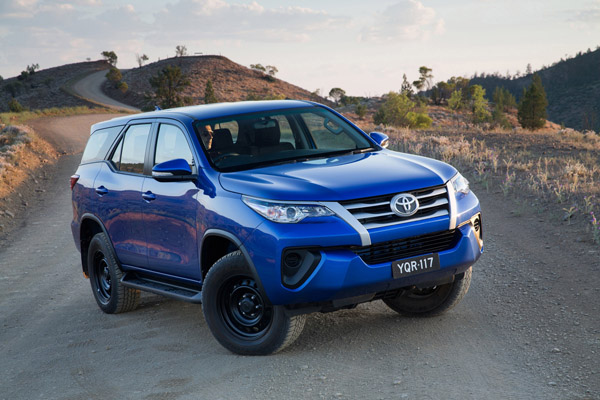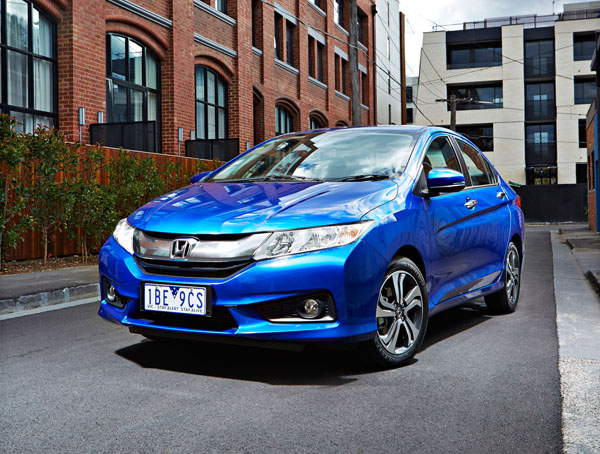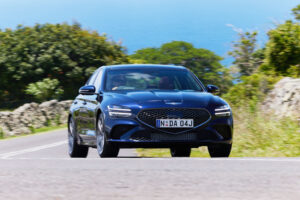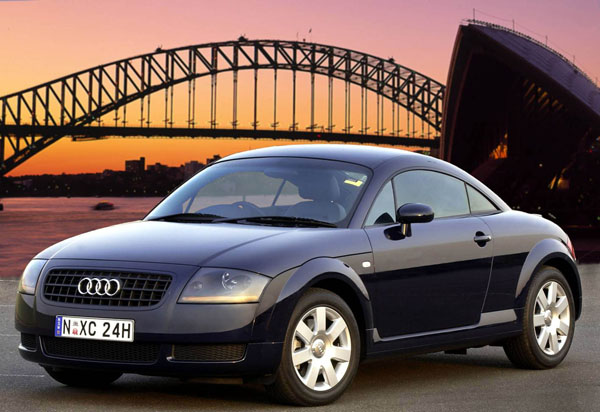
The very stylish Audi TT was launched in1998. It had fascinating style and created a great deal of attention, from not only the motoring press but also car lovers in general.
The domed exterior lines of the body carry through to the cabin, with large circular dials and ventilation outlets.
Audi TT first reached Australia in May 1999. The second-generation TT, introduced downunder in November 2006, wasn’t as striking in its shape. That changed with the launch of the third generation here in February 2015, seeing the TT go back to a restyle of the original.
Used versions of the first-generation Audi TT are getting on in years, but one with a clean service record and sensible driving is worth considering.
Despite having the underpinnings of a VW Golf major repairs can be expensive.
Audi TT is great fun to drive but, in the front,-drive models feels more like a warm hatch than a full-on sports model.
The third generation was launched in 2014. It is based on the Volkswagen Group’s MQB platform. Styling certainly looks like a TT (if that doesn’t sound silly!)
In the early years there were several fatal high-speed Audi TT crashes in Europe, principally in Germany. These were caused by a design flaw. The aerodynamic weren’t quite right and the problem was exacerbated by the TT’s very short wheelbase.
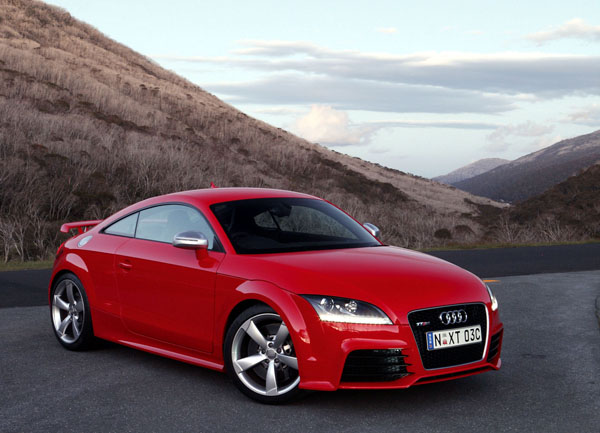
Later models were modified in their suspension and have a rear wing to push the tail to the road at speed. The wing spoils the purity of the visual effect in the eyes of TT purists. Your call…
The gen-two Audi TT has a rear wing, that’s hidden at lower speeds and raises automatically at moderate speeds. That is at over 120 km/h, which is regarded as a moderate speed in more enlightened countries. It can be raised manually if you like your Audi to look even sportier.
The original Audi TT was offered with 1.8-litre four-cylinder engines, in either light-pressure or high-pressure turbocharger. The higher-powered variants have the traction advantage of Audi’s quattro all-wheel drive.
The capacity of the four-cylinder unit was increased to 2.0 litres using a turbocharged with the second-generation TT.
In December 2004, a 3.2-litre V6 was squeezed under the bonnet of the Audi TT coupe, but not the roadster. The V6 also received the quattro system. A five-cylinder 2.5-litre RS engine with quattro was added to the range late in 2009.
Straight-line performance is pretty good in even the smaller-engined models due to the TT’s relatively light weight. Indeed, they can be fun because they demand driver involvement to get the best from them.
A six-speed manual was used in TT quattros from the start. Front-drive cars had five-speed manual gearboxes until August 2005, when a six-speed manual arrived.
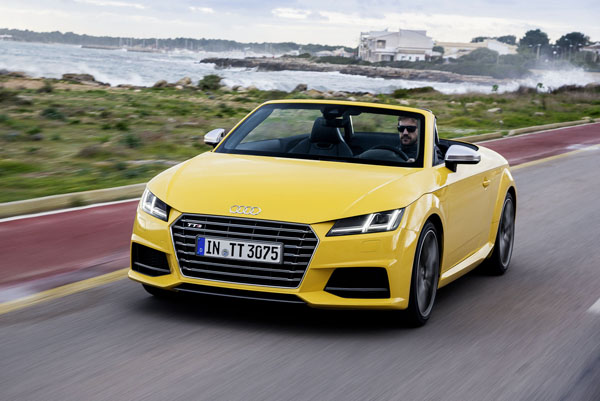
No automatic transmission was offered until March 2003, when a six-speed torque-converter auto was offered with the low-pressure engines. A six-speed double-clutch (S tronic in Audi speak) is fitted to the Audi TT 3.2 quattro.
Early generation double-clutch gearboxes can be painful at very low speeds, such as when parking. Test drive one in stop-start conditions to see what you think.
Audi TT is a high-tech car and should only be serviced and repaired by professionals. Good amateurs can tackle some of the routine maintenance work should they be so inclined. Make sure you’ve got a workshop manual close at hand, though.
Spare parts prices aren’t cheap, but are in keeping with others in this class. It’s much the same story with the cost of servicing and repairs.
Check on insurance premiums as premiums vary quite a bit, though this seems to be settling into mid-range figures in recent years. Your local Audi dealer may be able to offer advice.
WHAT TO LOOK FOR
Check the engine starts quickly, even when it’s stone cold. If there are any doubts try to arrange to come back first thing in the morning to have it completely cold.
Gearchanges should be reasonably light, but remember the gearbox is a long way from the shift lever, with a multitude of links connecting the two. This can give it a slightly spongy feel in older models.
Look for signs of previous crash repairs. A ripply finish in any of the panels, or a mismatch in paint colour from one section to the other are fairly easy to spot.
If there’s the slightest concern about possible crash history either get a full professional inspection – or find another TT.
Check the roadster’s roof seals correctly when it is closed and that it doesn’t have any tears or cuts.
Look at the roadster’s carpets and the floor under them for the slightest sign of dampness.
Uneven tyre wear at the front possibly indicates hard driving, or it may mean the TT has thumped kerbs. Both are a cause for concern.
CAR BUYING TIP
Looking around for a used car? If possible, go out in wet weather to take test drives to see if there are any leaks.
HOW MUCH?
Budget on spending from $8000 to $13,000 for a 1999-2005 Audi TT quattro coupe; $9000 to $14,000 for a 2001-2005 roadster; $12,000 to $17,000 for a 2007 3.2 quattro roadster or a 2013 2.0 coupe; $15,000 to $21,000 for a 2009 2.0 S roadster; $20,000 to $27,000 for a 2010 RS coupe or a 2013 2.0 coupe; $26,000 to $34,000 for a 2014 2.0 roadster; $35,000 to $46,000 for a 2016 2.0 S-line coupe; and $52,000 to $71,000 2018 S 2.0 roadster.
RECALLS: To browse recalls on all vehicles go to the ACCC at: www.productsafety.gov.au/products/transport/cars/




